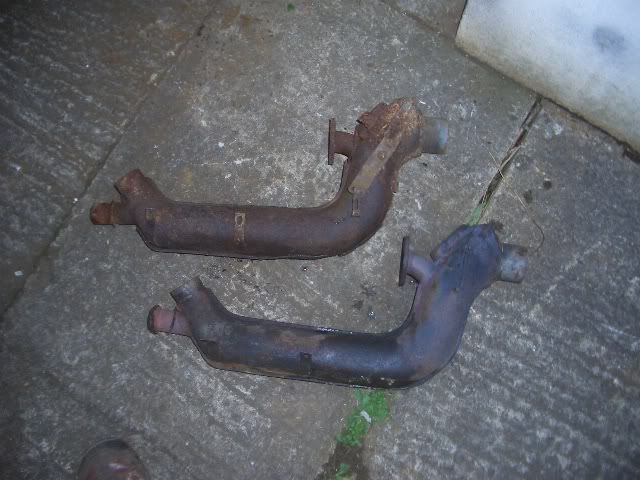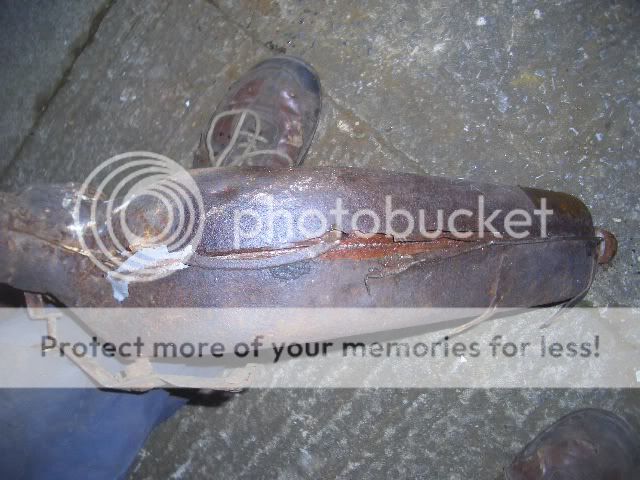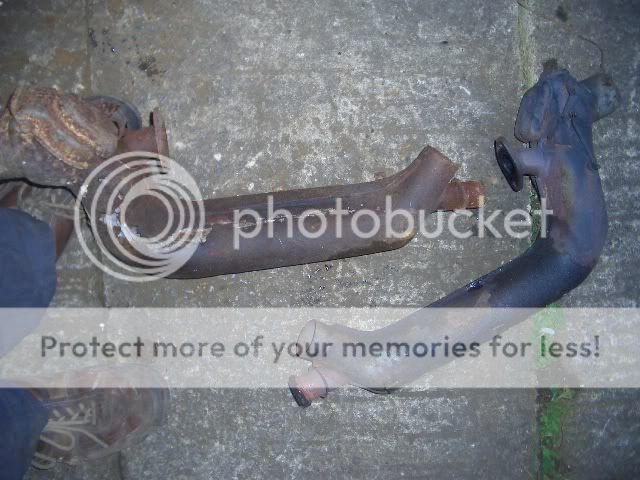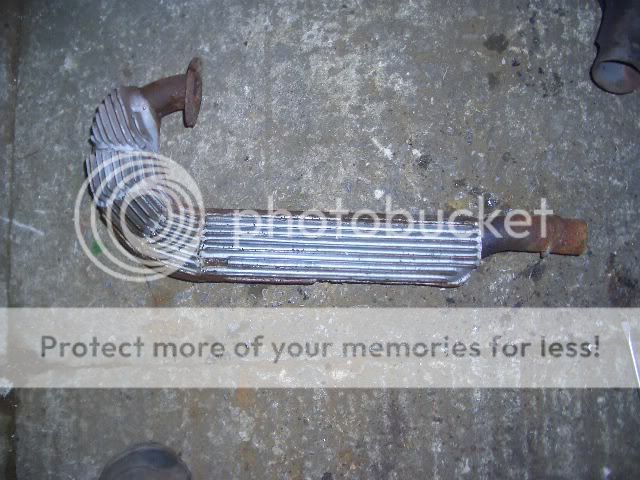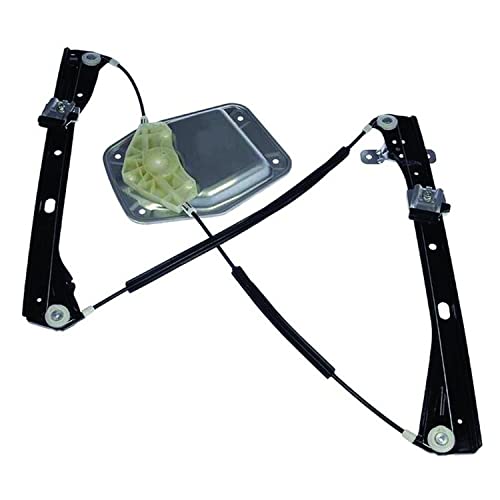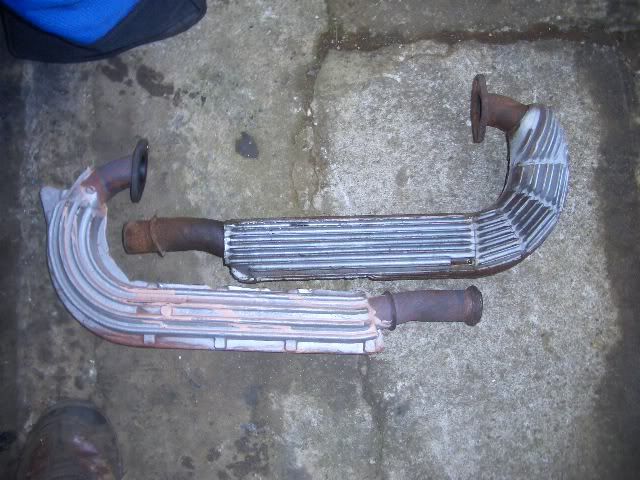the councillor
Well-known member
Johnny said:i was wondering where they tend to fail first? the inner or the skin?
i think this is one of the great urban myths / legends / conspiracy theories of the air-cooled vw 'scene' :|
*common knowledge* (the same common knowledge that states that welded spindles are unsafe, and smart car tyres are unsuitable for type 2s, and so on and so on) decrees that in the majority of cases, people purchase 'new' beetles and buses, drive them home, end up stinking of petrol and assume they're being gassed.
it has therefore passed into the lexicon of air-cooled ownership that heat exchangers rot from the inside out, and that the 'j-tube' bit of the exhaust is the first to go, allowing noxious fumes to escape from the actual exhaust part of the system, where it is carried forward by the rest of the air in the 'heating' system and blown out at the driver and passengers.
cough cough etc. etc.
is this true though ? i must admit that i just go along with it, despite having possibly half a dozen sets of knackered old heat exchangers i could biopsy... if only i could *be arsed*.
isn't it more likely however that it's the outer part of the heat exchanger that corrodes and fails first, therefore allowing spent exhaust gases to be sucked back into the system through any holes which may have been caused by corrosion or just haphazard working tolerances... let's face it, i wouldn't want to go to sea in a boat made by the same people who assembled some of MY heat exchangers... they're not exactly 'air-tight' by anybody's standards... and with the low pressure area at the rear of the vehicle just willing the spent exhaust gases back under the bus, is this not a more believable hypothesis ?
that said, beetle heater channels rot from the inside out, and they built 20M of them, so maybe the VW engineers were as *arsed* as me when it came to heater longevity :roll:



